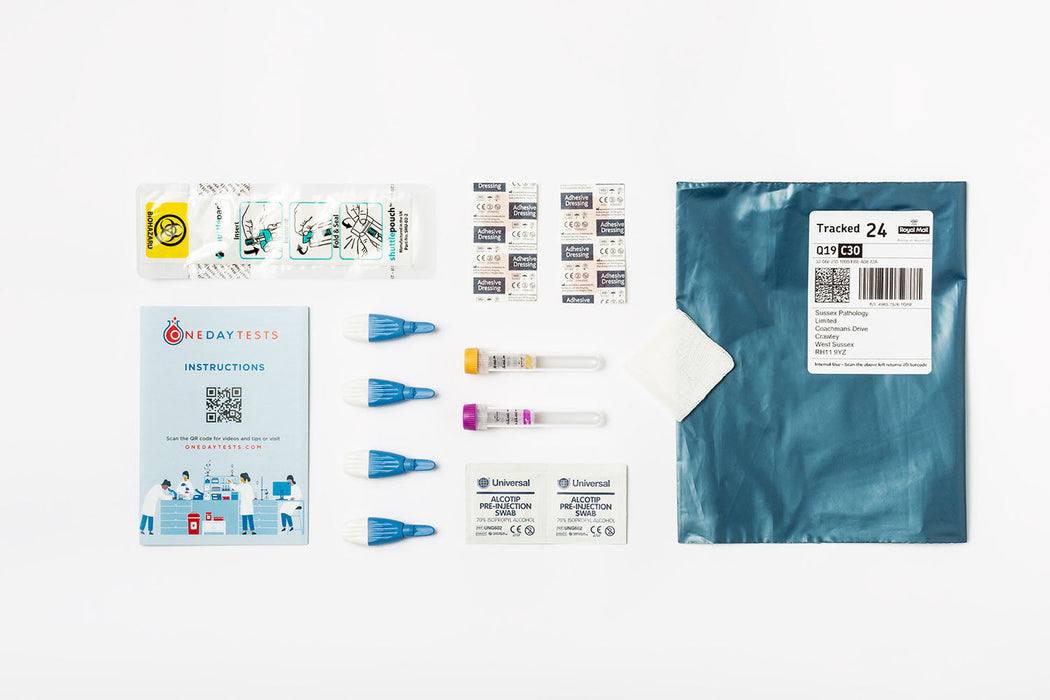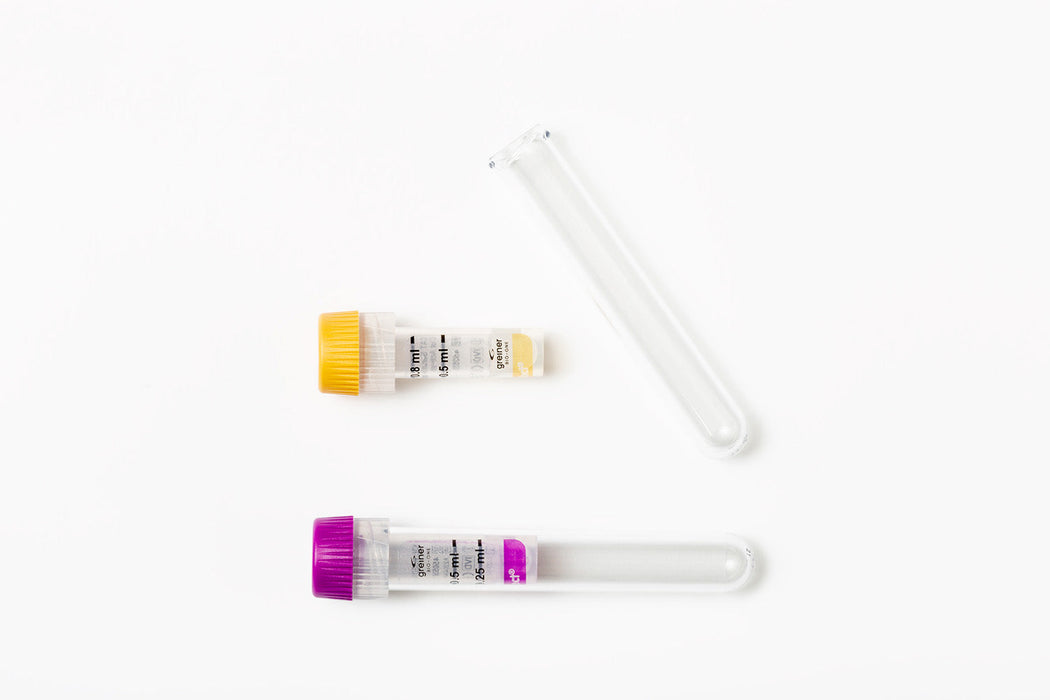What is it?
White Blood Cell Count (WBC) is a measure of the number of white blood cells that you have in a given volume of blood. The white blood cells are part of the immune system and are involved in fighting off infection. There are a number of subtypes of white blood cells that all have slightly different functions, the WBC is the total count of all these subtypes.
Interpretation
The FBC includes a total white cell count. The white blood cells are part of the immune system and there are five subtypes of them which all perform slightly different functions. Abnormalities in white cell counts (both too high and too low) can indicate infections or blood disorders including sinister conditions such as blood cancers.
Reference ranges
If your indicative WBC count is lower than the reference range for our laboratory:
Causes of this may include medications, infections, illnesses or some autoimmune conditions. In rare cases a low WBC can be sign of blood cancer.
A low WBC may make you more vulnerable to infection so please seek medical help if you develop a fever or other signs of infection.
We would suggest speaking to your GP about the need for further tests.
If your indicative WBC count is higher than the reference range for our laboratory:
The most commonly occurs because the body is fighting off an infection but it can be caused by certain medications and a range of blood disorders including, in rare cases, some forms of blood cancer.
Please discuss this result with your GP.




















